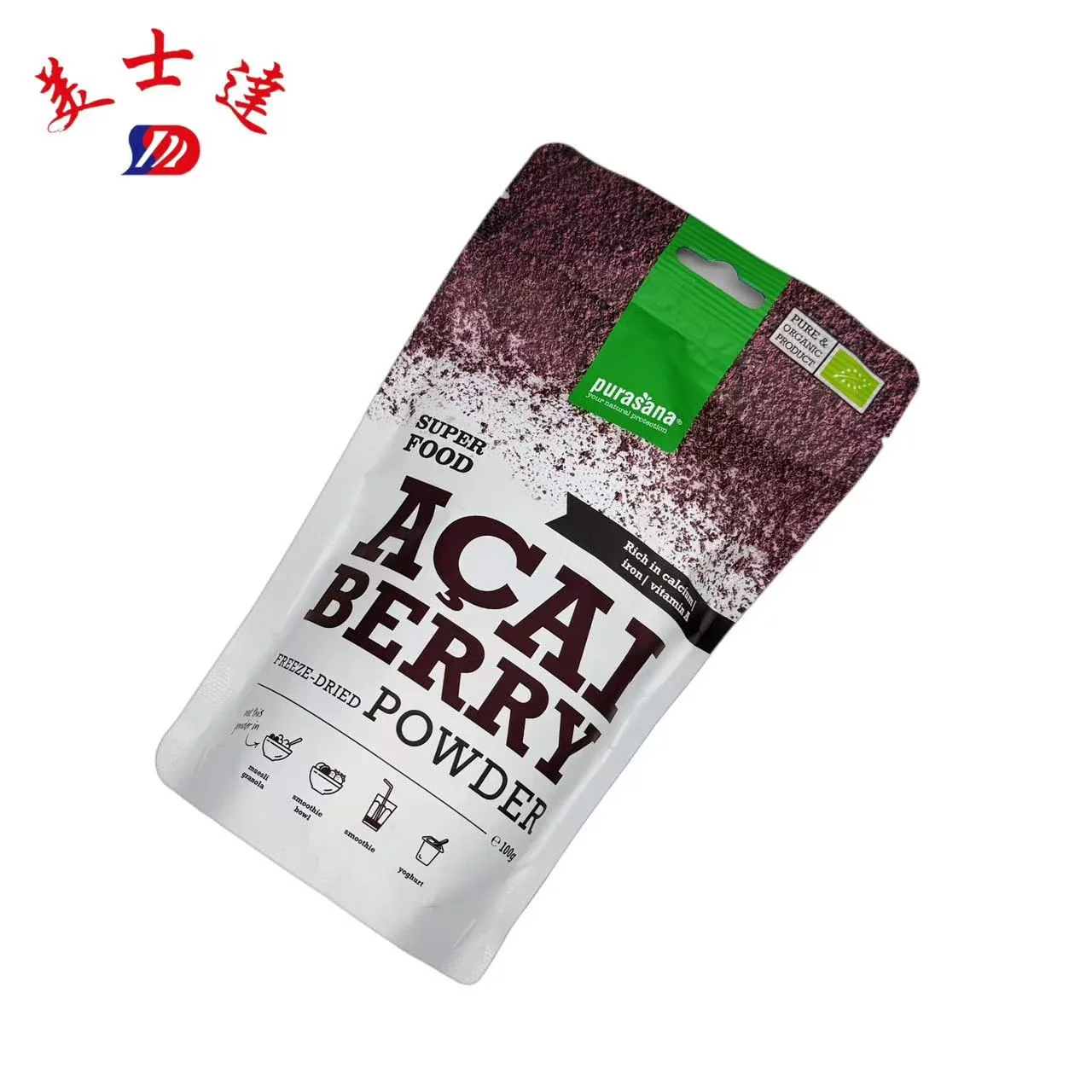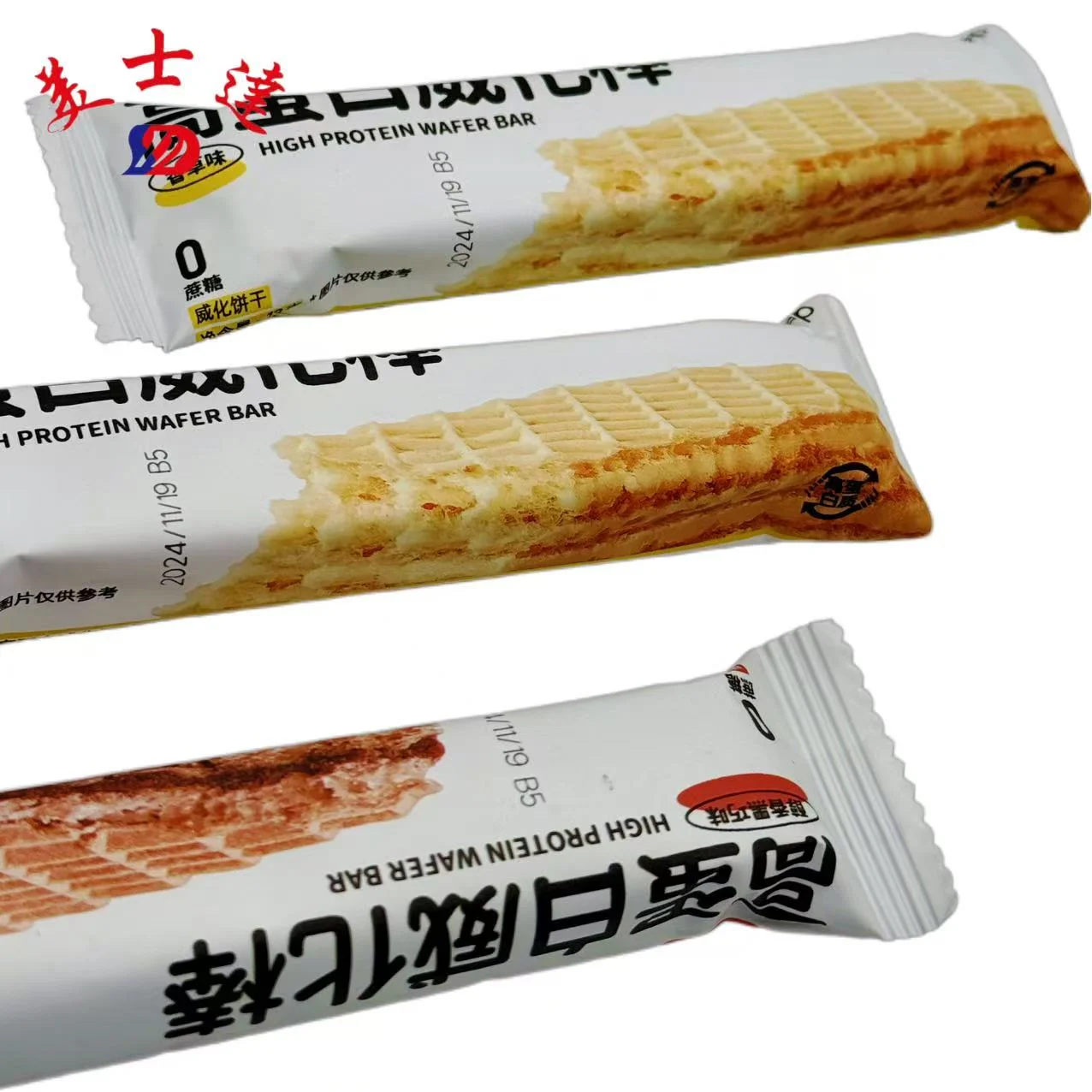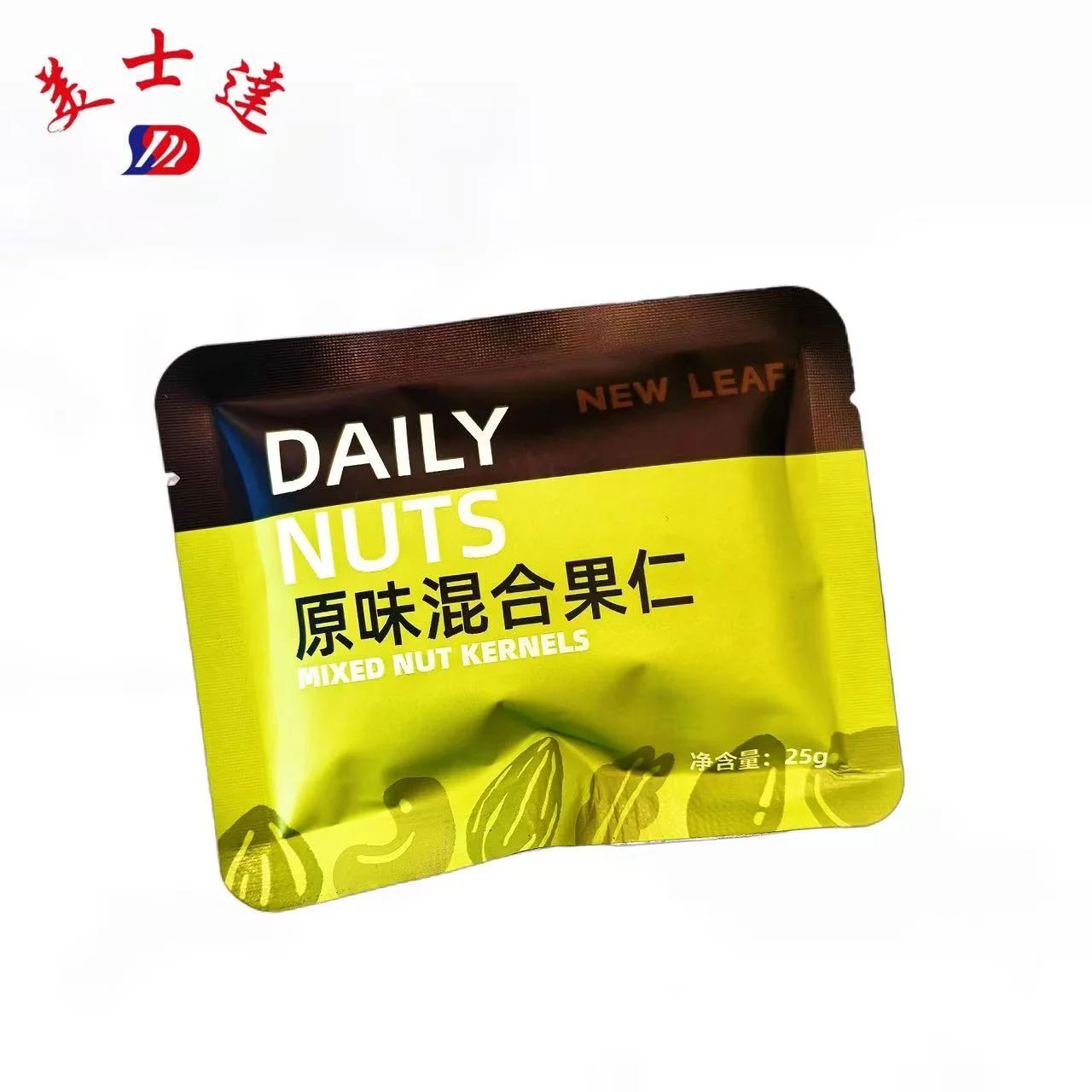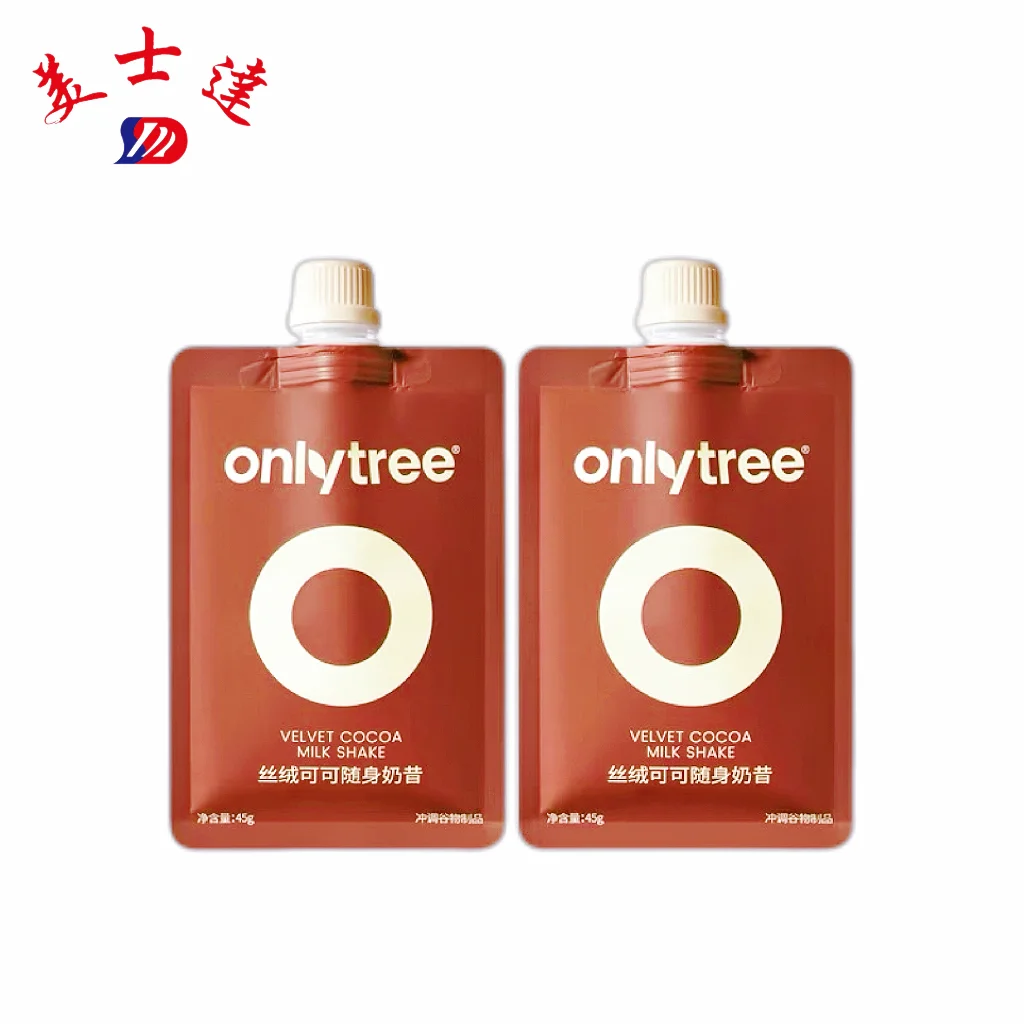In the modern packaging industry, biaxially oriented polypropylene (BOPP) film has become an inescapable high-performance product. With a high-tech stretching method, the film, with excellent physical properties and environmental friendliness, has been widely applied in a wide range of fields, including food, pharmaceuticals, and daily chemicals. One of the most critical packaging materials worldwide, BOPP film not only has high transparency, strength, and excellent gas barrier property, but also can be coated to satisfy even greater functional requirements. With increasing demands for environmental protection and productive production, selecting quality BOPP film manufacturers is a crucial requirement for business companies, especially for those in China, which has advanced production equipment and a well-established supply chain. It has now become top priority to find a reliable BOPP film manufacturer in China for international buyers.
Meishida Packaging will delve into the main applications, main advantages, and typical uses of BOPP film in various industries so you have a better understanding of the value and potential of the packaging material.
Fundamental Properties and Production Principles of BOPP Film
BOPP film is produced by biaxial stretching of polypropylene (PP) resin at some temperature in the transverse and longitudinal directions. It provides the film with improved tensile strength as well as transparency. The thickness of the film is usually between 15μm and 60μm and can be adjusted based on end use.
Fundamental properties are:
- High Transparency and Gloss: Displays product appearance clearly, improving packaging aesthetics.
- Superior Moisture Barrier: Effectively prevents water vapor, allowing for extended shelf life for food or pharmaceuticals.
- Robust mechanical strength: Tears and stretches resistant, well-suited for high-speed packaging lines.
- Superior printability: Corona-treated surfaces offer excellent ink adhesion, ideal for high-quality color printing.
All these characteristics render BOPP film manufacturers valuable players in the global packaging chain. When applied to actual use, the merits of BOPP film are even more pronounced.
Applications of BOPP Film in Food Packaging
Food packaging is the most common application of BOPP film.
In day-to-day life, widely available packaging for candies, potato chips, dry fruits, and biscuits is often made of BOPP film. Its primary advantages are:
- Preservation of Food Freshness: BOPP film is excellent in preventing moisture penetration and oxidation, keeping food crispy and fresh.
- Excellent Printing Quality: Companies may obtain vibrant packaging prints with high-precision printing to draw customers’ attention.
- Excellent Heat Seal Capability (after lamination): Suitable for automatic packaging machines to increase efficiency.
Excellent moisture-proof quality and printability of BOPP film make it the best material for packaging snack, baked, and dry food.
Specific examples are metallized puffed food package BOPP film, which reduces its oxygen transmission rate to below 1.5 cm³/m²·24h·atm, significantly better than normal polyethylene film; and frozen food package BOPP film with high-temperature resisting flexibility at -50°C, preventing brittle crackle.
The Critical Role of BOPP Film in Pharmaceutical and Medical Packaging
Pharmaceutical packaging material must not only be of higher mechanical strength and waterproof but also sterile and safe. Due to its chemical inertness and compatibility, BOPP film has become a standard packaging and labeling material in pharmaceutical use.
In the packaging of pharmaceuticals, the application of BOPP film went beyond traditional concepts and is now an integral barrier for pharmaceutical safety. For oral solid dosage forms specifically, packaging in a mixture of BOPP film and aluminum foil possesses up to 99.9% light and oxygen barrier characteristics, which effectively safeguards photosensitive pharmaceutical ingredients. Figures show that the use of high-quality BOPP film in drug packaging will prolong product shelf life by over 30%. Secondly, medical device packaging sterilized can be utilized together with specially treated BOPP film, which can withstand ethylene oxide and gamma irradiation sterilization without package integrity issues.
Applications include:
- Moisturizer-proof drug insert film
- Medical patches overwrapping film
- Top layer composite aluminum foil drug bag film
- Bottle labels and instruction envelopes
BOPP film provides excellent surface cleanliness, is dust-absorption resistant, and can be produced under GMP-compatible processes and therefore can be considered the best option for high-quality needs of pharmaceutical companies. Leading pharmaceutical companies join forces with leading Chinese BOPP film manufacturers in search of high-transparency and low-migration medical packaging.
Expanded Applications of BOPP Film in Domestic Chemicals and Industrial Applications
Excluding food and medication, BOPP film is also widely applied in domestic chemical products and industrial packaging. These include laundry detergent labels, external packaging films for cosmetics, tape backings, stationery packaging films, and cigarette lining films.
Application Characteristics:
- Superb Scratch Resistance: Suitable for luxury labels and printed packaging.
- Excellent Chemical Resistance: Resists acid and alkali corrosion in daily chemical products.
- Ecological and Recyclable: Compared to materials like PE and PET, BOPP has a smaller carbon footprint.
particularly in the electronics sector, BOPP film is used on a very large scale as a material for capacitor insulation due to its sound dielectric strength (up to a maximum of 150kV/mm). In textiles, BOPP film is used as a temporary coating to prevent abrasion and contamination during transit and storage of textiles. In the printing industry, its dimensional stability along with low elongation makes it an ideal substrate for high-quality transfers and labels.
Environmental Benefits and Emerging Trends of BOPP Film
With the international trend of green packaging, the environmentally friendly features of BOPP film are gaining increasing popularity. Compared to traditional PVC film, BOPP film has the following environmental benefits over traditional PVC film:
- 100% Recyclable: Compatible with the theory of a circular economy.
- Low Carbon Emission: Reasonably low energy consumption during the manufacturing process.
- Non-toxic and Odorless: No risk of food and medicine contamination.
Apart from that, some Chinese manufacturers of BOPP films have begun to manufacture bio-based BOPP films using plant-based polypropylene raw material in order to reduce the carbon footprint. Meanwhile, market demand for functional BOPP films such as matte, holographic, anti-fog, and anti-scratch continues to grow. The five-year average annual growth rate of the BOPP market is likely to remain higher than 5%.
Conclusion
BOPP film holds a significant position in the global packaging market due to its excellent mechanical properties, superior printing effects, moisture resistance, and environmental friendliness. Whether it is for food, pharmaceuticals, daily chemicals, or industrial products, choosing the right BOPP film not only enhances packaging quality but also strengthens brand image and market competitiveness.
In the global supply chain, Meishida, with its mature production system and cost-effective manufacturing capabilities, has become an ideal source for international customers seeking BOPP film manufacturers.
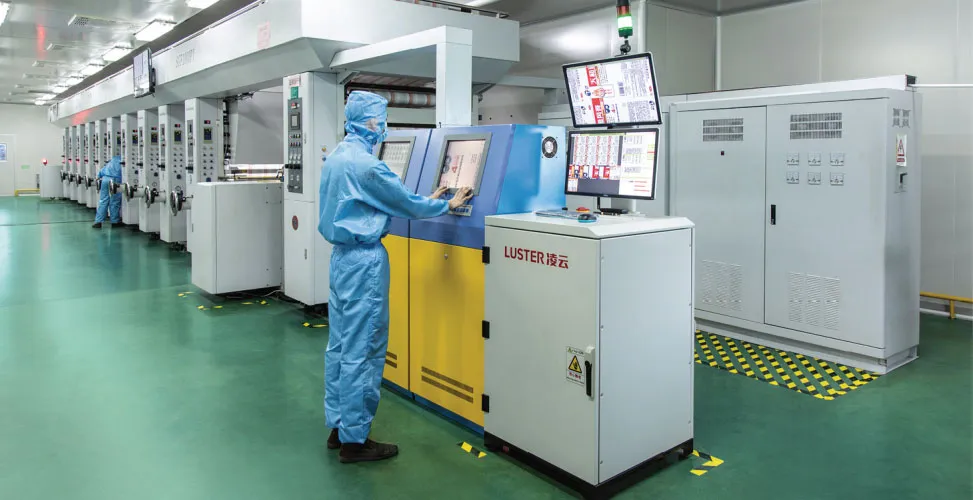
Über Meishida
Meishida Packaging boasts over 30 years of specialized pharmaceutical packaging production experience and stands as one of China’s leading BOPP film manufacturers. Equipped with Class 100,000 cleanrooms, Class 10,000 laboratories, and GMP-compliant production lines, the company holds ISO, BRC, and FDA certifications. We specialize in delivering premium packaging solutions for pharmaceuticals, food products, and medical applications.
Meishida not only supports OEM/ODM customization services but also develops specialized functional BOPP films tailored to client requirements, including anti-fog, anti-static, high-barrier, and eco-friendly materials. Leveraging stable production capacity and comprehensive after-sales support, Meishida maintains long-term partnerships with over 40 renowned global brands, delivering high-quality, reliable, and sustainable packaging solutions.
BOPP Film Frequently Asked Questions
1. Can BOPP film be used for heat-sealed packaging?
Yes, but it typically requires lamination with materials like CPP or PE to achieve optimal heat-sealing performance.
2. What are the differences between BOPP and PET films?
BOPP offers high transparency, low cost, and excellent moisture resistance; PET provides superior heat resistance and mechanical strength, making it suitable for high-temperature applications.
3. Is BOPP film recyclable?
Yes, BOPP is a polypropylene material that is 100% recyclable and meets environmental regulations.
4. How do I select the appropriate BOPP film thickness?
Food packaging typically uses 20–30μm thickness, while pharmaceutical or industrial applications may require 30–50μm depending on the laminate structure.

